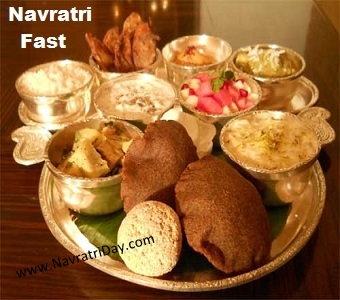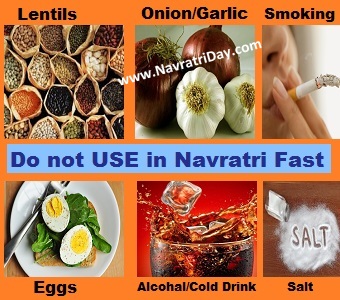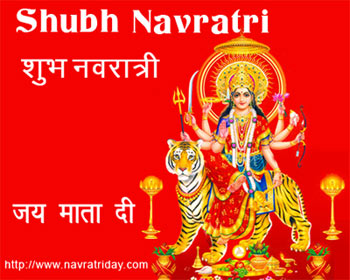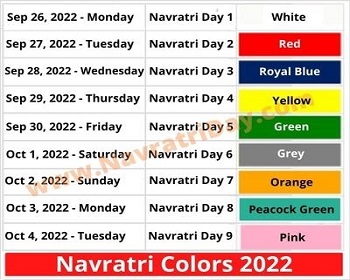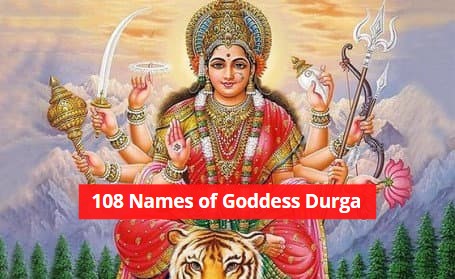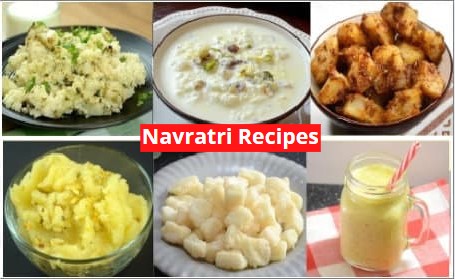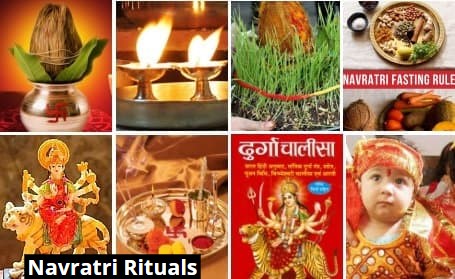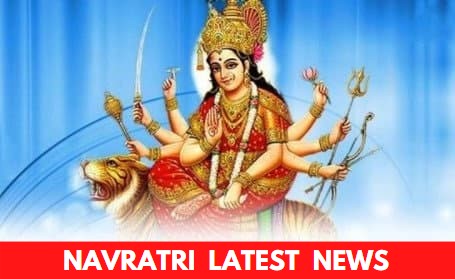What to eat during Navratri Fast:
- Cumin (Jeera), Black Pepper (Kali mirch), Choti Elaichi (green cardamom), Cloves (Laung), Cinnamon (dalchini), Nutmeg (jaiphal)
- Sabudana (Sago), Some Special flours
- Green Chillies, Lemon, Ginger Fresh or Dry
- All Dry Fruits
- Sugar, Honey, Gur (Jaggery)
- Fruits, Fruits Juice, Lemon Juice
- Milk products Ghee, Paneer, Cream, Curd, Khoya, Malaai
- Coconut, Coconut Water
When to Break Navratri Fast in 2020:
Navratri fast is one of the important aspects of navratri festival. Some people keep the fasting till whole 9 days while some keep the fast for only first and Ashtami. People can break the fast on Ashtami or Navami during navratri. Before breaking the fast devotees should do Kanyak Puja where people has to worship nine small girls, eat them something good and then give some gift to them. Some people break the fast on the tenth day also when all nine days are ended and it is Dussehra on the tenth day. In the year 2020, Devotees will start Navratri Fast from October 17, 2020 and break the navratri fast on the last day of Sharad navratri i.e. October 25, 2020.
Navratri Fasting Procedure:
Religiously following the Navratri fasting procedure is believed to yield fruitful results to the devotees. The people observing fasts are expected to wake up early in the morning and get ready for the prayers at the earliest. Prayer is offered by singing hymns and mantras from the Durga Saptashati. People keeping partial fasts eat one time food after the prayer in the evening. A platter of food prepared in the house is first presented to the Goddess during the time of Aarti and then mixed with the food eaten by all considering it as distribution of the Prasad to all.
Some people eat the fruits only at one time generally in the morning, it is called Falahari and at the evening, they take the navratri vrat foods while some devotees eat only one time until 9 days completed. Some people used the flour-based food both time at morning and evening and also consumed milk, tea and fruits juice etc. The people who follow the navratri fasting procedure and all the rules perfectly, nine goddess pleased with them (devotees). Maa Durga blessed them with strength, wisdom, wealth and happiness.
Best Recipes for Navratri Fast
Indians are known to cook special delicacies for each and every occasion. The juvenile atmosphere during the navratri is accompanied by preparation and sales of many distinct products which are permitted for people to consume in the fasting hours. Check the list of navratri vrat recipes that devotees can consume during fasting -
Sweet Potato
Boiled Potatoes
Tea
Fruits Juice
Rock Salt is optional
Vegetables allowed during Navratri Fasting:
There are lots of vegetables available in the market which one can use during navratri fast. It could be green vegetables or any other. There are some vegetables, which are not used by all, some people use these and some not. We have listed some vegetables below which you can use during navratri upwas. By using these vegetables, people can make delicious Halwa, Puri, Burfi, Pakore and sabzi.
1 - Lauki (Bottle Gourd)
2 - Aalo (Potato)
3 - Shakarkandi (Sweet Potato)
4 - Kachche Kele (Raw Bananas)
5 - Arbi (Colocasia)
6 - Papaya
7 - Some people use Tomato (Tamatar), Cucumber (Kheera), Spinach (Palak), Carrot (Gazar) and Pumpkin (Kaddu) etc.
Flours and Grains used during Navratri Fast:
1- Singhare ka Atta:
You can prepare mouth-watering dishes from water chestnut flour (Singhare ka Aata) like Singhare ke Parathe, Halwa, Poori and Pakore.
2- Kuttu ka Aata:
Like Sighare ka Aata, you can prepare the tasty dishes like Kachori, Poori, Halwa, Paratha and Khichdi from Kuttu ka Aata (Buckwheat flour).
3- Rajgira ka Atta:
Rajgira ka Aata (Amarnath flour) can be used to prepare Halwa, Thalipeeth, Poori, Paratha and Kadhi. One can also use roasted Rajgira in preparing Laddos and Kheer.
4- Arrowroot Flour
This flour is used as a binding agent with the dishes.
5- Vrat ke Chawal
You can make Khichdi, Upma, Pulao and many other dishes from vrat ke chawal (Barnyard Millet). One can also use the plain steamed for a different taste.
6- Sama ke Chawal ka Aata
During fasting time, for a change one can go for some special dishes, which create some taste so you can make Idli, Dosa and Uttapam by using Sama ke Chawal ka Aata (Barnyard Millet flour).
Types of Fasts Observed by the People:
Hinduism is a Sanatan Dharma and it does not impose strict rules on the manners of offering prayers or keeping fasts. According to the Hindu religious books, it is the intent what matters to the Almighty and not the end result. Thus, keeping hard lined nirjal or nirahar fasts are a matter of personal choice and level of self - restraint.
People keep either full fast throughout the 9 days where they are allowed to eat only Falahari products or Partial fasts where the people can break the fast post prayers in the evening. The only compulsion is the food eaten during the navratri should not contain onion, garlic and common salt. Rock salt is preferred in the edibles which are made during the days of festivity.
Some people keep fasts for all the nine days while some choose to keep it on the first and last days only. Some people keep fasts on alternate days as well. This is permissible as different individuals have different levels of physical work activities in the day.
Scientific Reason for Navratri Fasting:
Celebrating Chaitra and Sharad Navratri has some scientific reason too. As you know already know, these two navratris are observed during the weather change. During the Chaitra navratri it is the time of starting Spring season while during Sharad navratri it is the time of starting winter season. Experts say, this is the time when body’s immunity level is at all time low so we should not eat heavy meals like meat, grains and salt in a large quantity. We should eat light meals and nutritious meals, which help in making the immune system better. During this time we should keep remember the below mentioned points.
1- Take lots of water, lemon water, coconut water and milk to keep yourself hydrated.
2- It is advised, do not keep the stomach empty for a long empty, eating something at regular intervals.
3- Add Curd in your fasting meal.
4- Keep yourself away from fried and mouth-watering dishes. Most of the people like fried stuff a lot, which can give you taste for a while but it is not good at this time.
The joy of the devotees sees no bounds when they hear the bhents and bhajans during Mata ki Chowki and Jagratas aka. Jagrans organised by devotees at various places during the Navratris. The devotees are seen dancing to the beats of dhol, table and other Indian instruments as the singer takes them into a trance of divine tranquillity.
People keeping fasts enjoy their hearts out at the garba and dandiya ras organised across the country during the Ashwin Navratris. The culture primarily is seen at its colourful prime in the state of Gujarat, which is native to the Garba and Dandiya Ras form of traditional dance styles. The garba nights gather huge attendees as people from all races participate and have a great time together. Couples dancing garba and dandiya together are a treat to the eyes as the chemistry between partners adds a new flair to the overall ambience.
